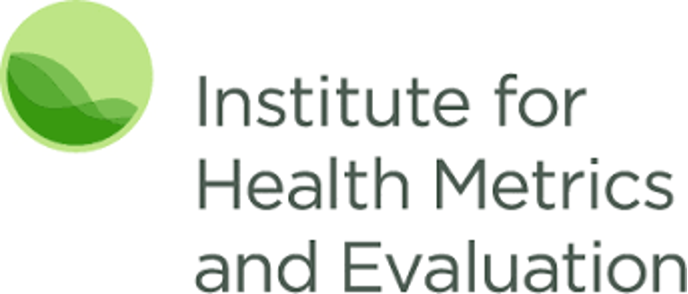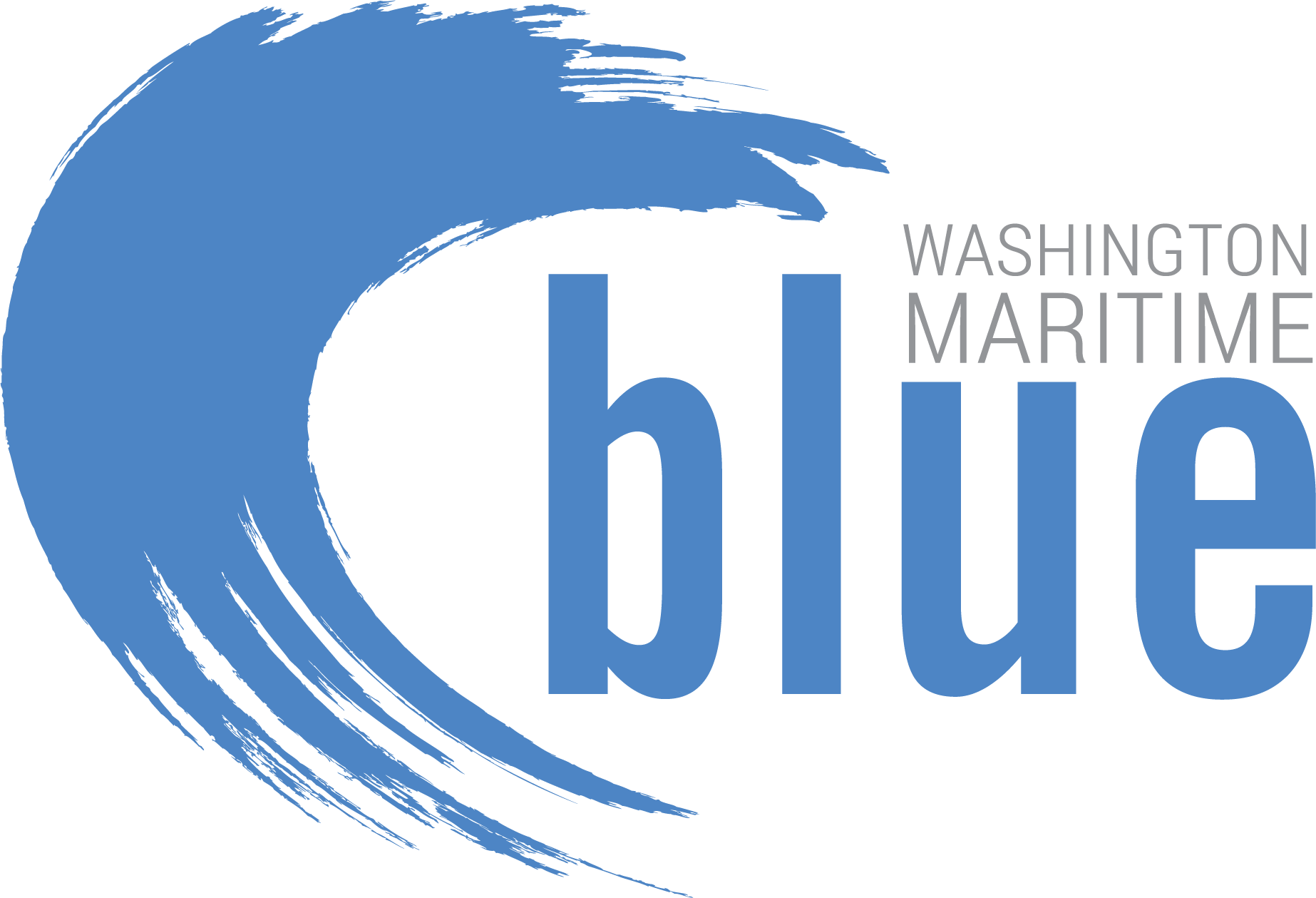Preparedness
Response
Treatment
Return to Work
Situational Awareness
Stay abreast of the situation.
There are multiple resources for tracking case counts, hospitalizations and deaths locally as well as wastewater surveillance. Each of these is helpful for assessing risk in your local area. Periodically check these references to maintain awareness.
Use the IHME dashboard to look at future projections of cases to help decide if you should pro-actively institute risk mitigation measures like masking or remote work in the workplace.
CDC data tracker shows cases, hospitalizations and death trends. Unfortunately case counts are underreported as more people are using at-home tests, and hospitalizations and deaths lag by 2-3 weeks. However, these are good graphs for maintaining awareness of the situation.
The CDC community transmission matrix by county tells you if your county is at a low, medium, or high-risk level. You can ramp up or ramp down preventative interventions like masking, distancing, or remote work based on your local risk level. Begin to implement measures when transmission levels change from low to moderate.
CDC community transmission levels and risk matrix
Wastewater surveillance is an early indicator of rising case counts. If you look at “percent change in the last 15 days” you can see if levels are rising in your area.
Your local state and county have dashboards as well. Choose the indicators that make the most sense for you to follow.
State and county public health websites
How can you use the data?
You can decide what prevention strategies to implement based on your local risk level and forecasts. For instance: mandatory workplace masking, indoor capacity restrictions, social distancing, remote work options, especially for immunocompromised or high-risk individuals. High-risk workplaces like high-density worksites or those in remote areas may choose to be more conservative than office-based worksites with ready access to medical care.
SOPs and Response Plans
Have SOPs and response plans drafted ahead of time and regularly review them. Ensure directors and managers are trained on response protocols.
King County has an example of a template for employers under “Safe Work Plan.”
Washington DOH has guidance for employers here.
Determine if your worksite is low-risk or high-risk for COVID transmission. Examples of high-risk worksite would be:
- Large workplaces
- Communities with moderate to high COVID transmission
- Congregate housing
- High-density workplaces
- Remote or medically austere worksites
- Critical infrastructure
- High proportion of employees at increased risk for severe illness
With these tools in your arsenal, employers are now prepared to respond to any COVID situation.
Vaccination and Prophylactic Treatments
Ensure employees are vaccinated and up to date with CDC recommendations for vaccination.
The recommendations for immunocompromised people and boosters are being continually updated. Encourage employees to speak with their doctor or visit the above link to ensure employees are up to date with vaccinations. Vaccines administration sites can be found here.
To schedule an on-site vaccination clinic in western Washington, contact Discovery Health MD.
Immunocompromised employees should speak with their physicians about pre-exposure prophylaxis treatment. Currently Evusheld is available for people who cannot mount an adequate immune response.
Personal Protective Equipment (PPE)
Workplaces should be stocked with adequate Personal Protective Equipment (PPE). This includes:
- Gloves, gowns, and eye protection
- Disinfecting wipes and sanitizing equipment
- Masks: surgical masks, preferably KN95 masks, and in certain situations, N95 masks for key responding personnel
- N95s are preferred over KN95s when possible, refer to evolving L&I guidance
Note: those wearing N95 masks should have medical qualification exams, be fit tested and the employer should have a respiratory protection program.
For assistance with developing a medical evaluation and fit testing program, contact Discovery Health MD.
The CDC has a resource for finding free masks in your area.
Washington State has additional guidance regarding masking in non-healthcare congregate settings recommending indoor mask use when feasible in a commercial maritime setting, crowded work settings, and shared living areas of congregate living facilities.
Daily Screening
Employees should be self-screening daily for symptoms and testing if any symptoms arise. See the “Testing” section to understand the different types of tests available.
The IHME offers a free “early detection app” for employers to allow employees or a supervisor to enter daily temperature and symptoms and provide analytics to help identify potential early outbreaks.
Discovery Health MD offers a HIPAA compliant platform to track employee testing, vaccination, and daily symptom screening.
Testing
There are two main categories of test types: viral tests to detect active infection and antibody tests to detect past infection. Employers are not recommended to use antibody tests at this time.
Viral tests can be molecular tests, which look for viral genetic material, or antigen tests, which look for proteins on the surface of the virus.
Molecular tests, like lab-based PCR or rapid tests (Abbott ID NOW, Cepheid Xpert Xpress, Accula), are more likely to detect COVID, but are more expensive. They can also stay positive for a long time, even when someone is no longer infectious, because they can detect remnants of viral genetic material.
Antigen tests tend to be quicker and less expensive than molecular tests. However, they are more likely to miss COVID (a false negative). If someone has symptoms, and an antigen test is negative, it is very important that the person isolate and retest after 24 hours.
Employers should have rapid test kits on hand. These may be Over-The-Counter rapid antigen tests. If an employer is using over the counter tests, be aware there are limitations on how employers can use OTC tests without a CLIA waiver. Ensure test kits are stored per the manufacturer’s instruction and maintain awareness of expiration dates.
There are rapid molecular tests available as well that employers can have on-site. Contact Discovery Health MD to set up a program.
Where can people get Over-The-Counter rapid antigen tests?
- WA Say Yes! To Covid Test
- Federal tests from Covid.gov
- Purchase from retail pharmacies
How to use tests:
If someone has symptoms, they should isolate and test for COVID-19. This can be with a molecular or antigen test. Remember, if they use a rapid antigen test, and it is negative, they should isolate and retest after 24 hours. If they have two negative antigen tests, or a negative molecular test, they should stay home until symptoms improve and they have not had fever for 24 hours without the use of medication. Alternative diagnoses should be considered. It is recommended to frequently re-test for COVID-19 if symptoms persist as the tests may be falsely negative early in the course of illness. Employees should not return to work until symptoms have improved and should remain masked if any mild residual symptoms.
Ventilation
One of the most effective ways to prevent COVID transmission in the workplace is to maximize ventilation.
For areas where people may be in close proximity, work with engineering to optimize the ventilation in the building, guidance can be found here. More guidance can be found here.
For conference rooms, or smaller rooms without adequate ventilation, consider a portable HEPA filter with UV germicidal irradiation.
Arrange the workplace to maximize distance between workers and pay special attention to high risk areas like break rooms where workers may gather unmasked and in close proximity.
Project Partners


